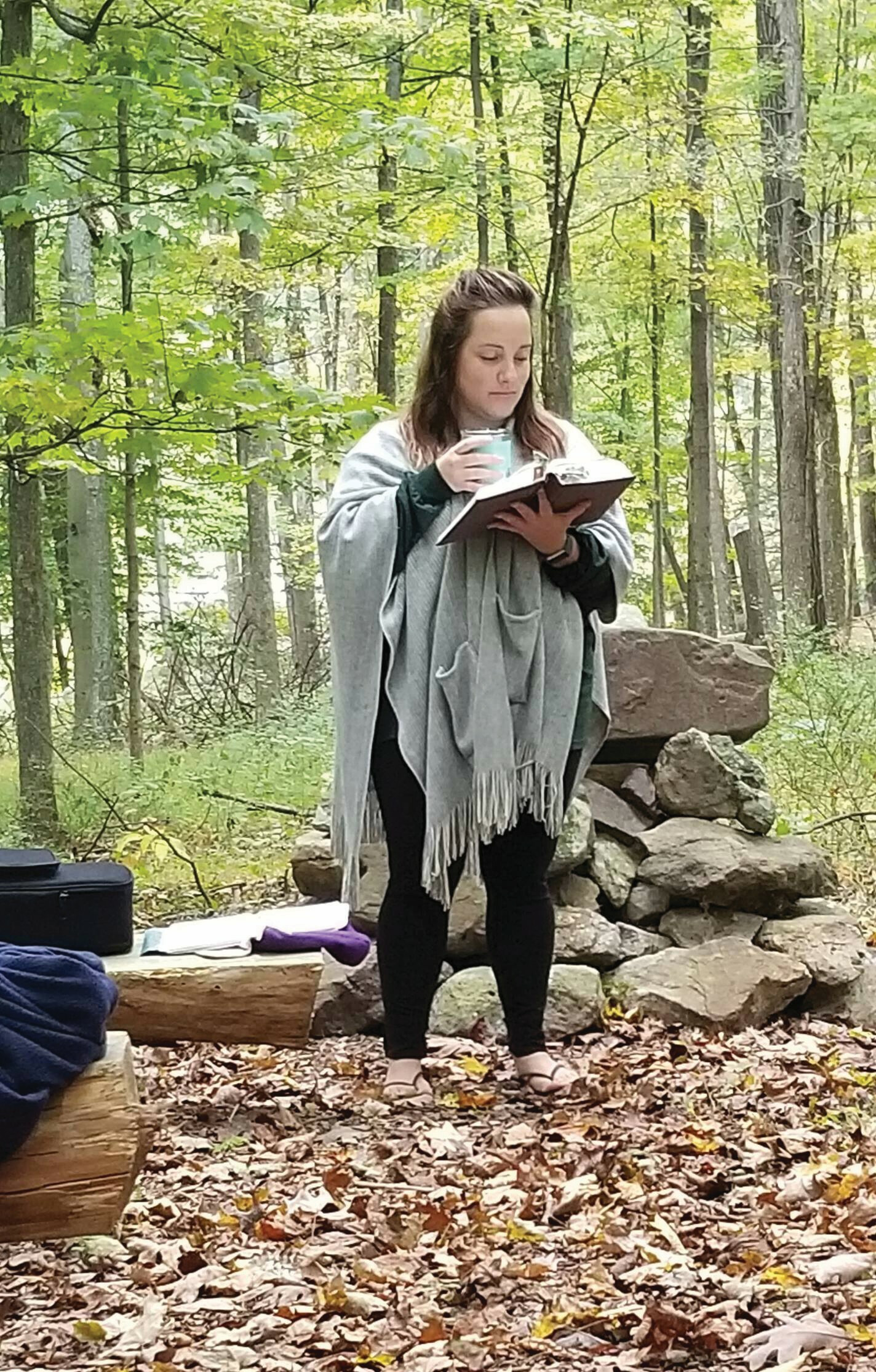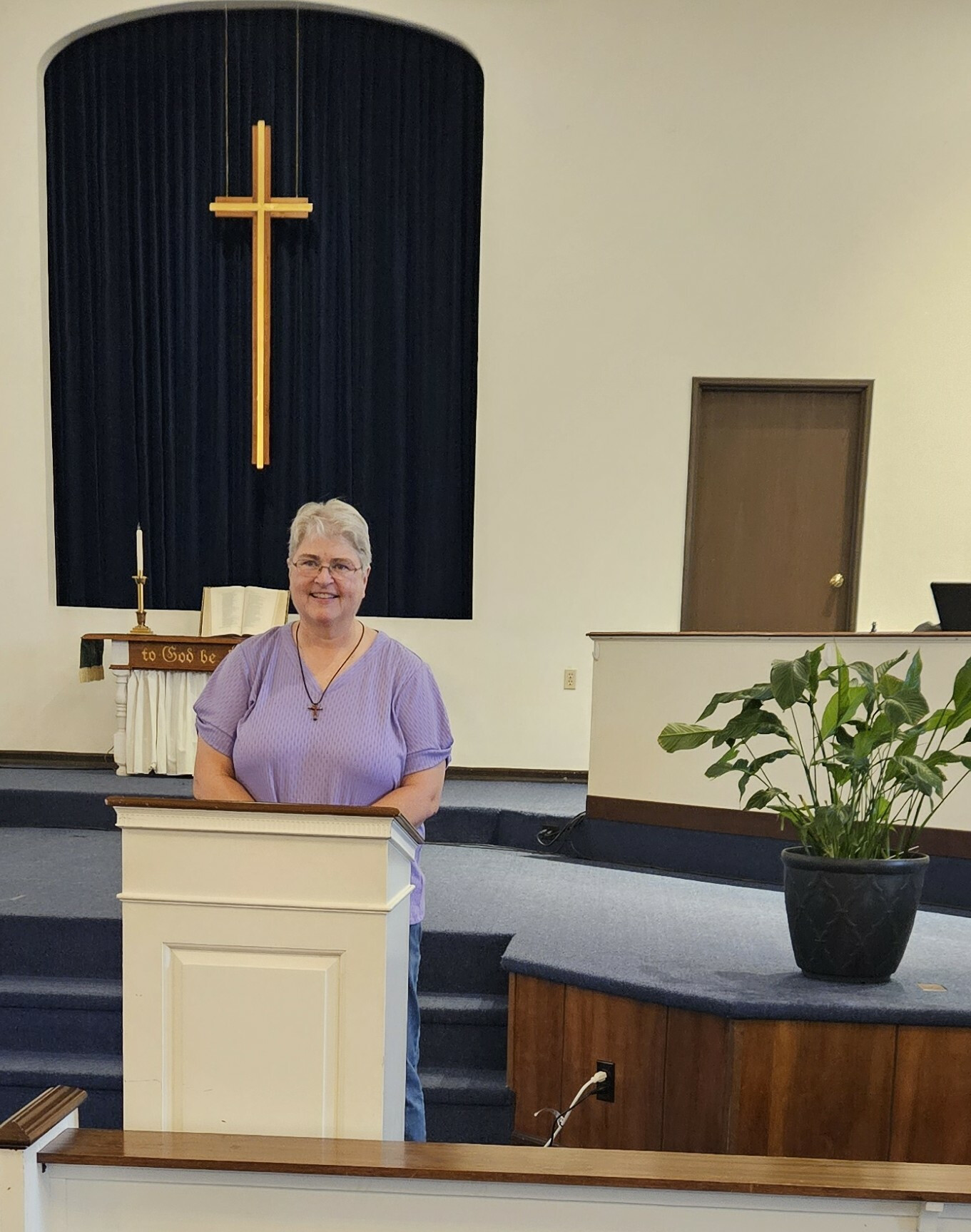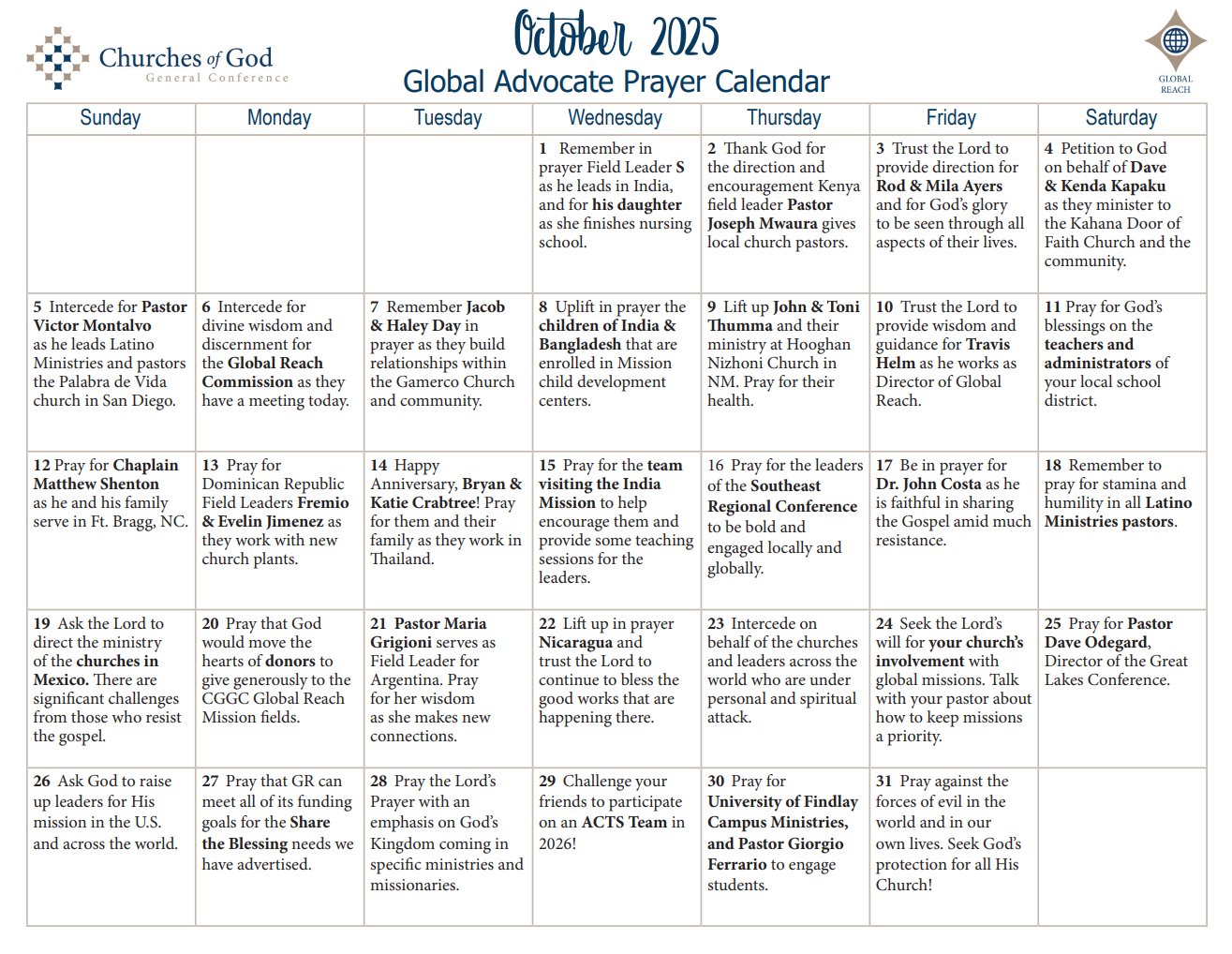
With: Stacie Reber and Lydia Schooley
In Matthew 18, while speaking to his closest disciples, Jesus called over a child and the text says that He placed the child “among” or perhaps in between the disciples. Luke 22 says that the disciples had been arguing about which of them would be the greatest in heaven. The child, a literal stand in for the concepts of humility and purity which they evidently lacked, became the object of Jesus’s lesson. Enter into the kingdom of heaven like this child, lowly, humble, willing, and in service to God, and those who do will be the greatest in the kingdom.
On the other hand, a warning. Cause this child to stumble, prevent the humble and lowly from entering the kingdom of heaven, and Jesus tells the disciples that “it would be better for them to have a large millstone hung around their neck, and to be drowned in the depths of the sea.” (Matt 18:6 NIV)
This passage came to mind for Stacie Reber, director of youth and children’s ministry at Shiremanstown Church of God, PA, who saw that our children’s ministries are not the focus of our discipleship efforts. When we talk about seeking and saving the lost, rarely do we include the pastors of youth, children, and family. Rarely at regional or national conferences do we speak at any meaningful length about youth and children.
Stacie said that, “Year upon Year I have sat through the annual ERC Conference sessions thinking of this verse as we set gaze upon a slideshow of passed on pastors and listen to different speakers mention important passed on pastors when they discuss their conversion, mentorship and discipleship when they were young. Usually when children and youth ministries are mentioned it is either tied to a conversion story, or a position held during or after seminary education. We have to do better than this and see not the "next generation" as simply a ticket to not having a dying church, but rather as an essential role to the church. Children have something to offer in present time, and there is no time like the present to take those words of Jesus seriously.”

The question is then, as regional and national bodies, are we neglecting our youth and children in our discipleship efforts? Would it be better for us to tie a millstone around our necks?
To address this, and to save our necks, we’ve brought along two disciple makers who are discipling young people, and we've asked them to weigh in on what’s required of us to connect more deeply with youth and children. Stacie Reber, who you’ve already heard from, and Lydia Schooley, an active ministry leader at Roberts Weslyn and at Higher Hope Church, in Big Flats, NY
Just Ask
Both Stacie and Lydia spoke about how they were discipled, and what made the difference in their own faith journeys. Key to each was the deep investment of mentors and disciple makers. For Stacie, it was Phil Scott, her own youth pastor and current director of the Allegheny Region, who made the largest impact. Pastor Phil and Stacie had many conversations about God’s love, those discipleship conversations radically shaped Stacie into someone who knew that she was going to be a youth leader and would eventually even take over Pastor Phil’s position. Stacie also made it clear that, “It was the Church of God of Landisville that actually had custody of me, more or less.” Stacie spoke about losing her mother at the age of 17, and how the church stepped into help guide her during those formative and painful years. “It's always been God's people and God that have taken care of me.”
Lydia corroborated this idea that when we invest in kids, God pays back the dividends.
“But I think it was middle school where [our youth leader] decided to just take us out for lunch, and just talk about life and growing and relationships,” Lydia said. “And so that started the journey of discipleship, which looked like a lot of relationship and just building a safe person to talk to and someone that really, really knows me and that I can share in the joys and the hard questions with.”

Lydia suggested what probably seems like an obvious strategy, but one that has become countercultural. The growing divide between demographics has meant that older people believe they are deeply disconnected from youth. So, Lydia suggests we just ask. “Initiating is huge. The times when either I have been asked to get coffee or I have asked somebody, ‘hey, you want to get coffee with me?’ probably 90% of the time they will say yes.”
Stacie believes that 1 on 1 relationships with youth students is key to developing them as disciples, saying, “One-on-one relationships are really important because that's how you get to meet someone in their innermost being. And it just that's way more sanctifying and transformative and way more awkward, but that awkwardness is good.” Stacie admitted, laughing. “And students can handle so much more. They're constantly proving me wrong. And I'm happy for it.”
When older generations aren’t connecting with youth, everyone is missing out on some of the most vital, and God given relationships that we can have. This is where mentorship and discipleship happens. “That means more than people realize.” Lydia said. “There is this idea that [youth] don’t want that. This generation is longing for connection, to be loved, wanted and seen. Especially in the age of social media, they're finding these artificial connections and things that they think will satisfy that will never satisfy them.”
The Substance of Faith
As we discussed each of their philosophy of disciple making, another fascinating topic rose to the surface, namely, the importance of relationships and tangible experiences for building faith. That idea might sound oxymoronic. Aren’t tangibility and faith opposites? Isn’t faith the belief in things unseen?
First, we should remember that the most famous doubter in all history was Jesus’s disciple from the start (sorry, Thomas) And second, we need to remember that many protestant churches have abandoned their tangible, symbolic, reference driven church aesthetics. Baby boomers and their children fled ornate churches for contemporary services, trading stained glass and depictions of the journey to the cross with eggshell white walls, communal pews for round tables, and high ceilings that raise the eye toward heaven for a nice popcorn ceiling. For kids, church has become no different looking or feeling than the average high school cafeteria. To be clear, there is nothing wrong with that. Our savior was born in an animal food trough. The early church worshiped in homes with dirt floors, and the Holy Spirit was present and moving all along.
Stacie and Lydia believe that youth are craving truth, physicality, and confirmation in a world blown about by disinformation, artificiality, and bias. “Stacie said that, “They need to see that you can go to where Jesus was crucified, hat that place is real. This past year at camp, our theme was ‘Rooted in History’, it was an archaeologist theme. And every day in our Bible lesson, I showed them different things or different people and I have a replica of a Roman crucifixion nail, but those things really just push their faith and their belief miles ahead. And it's shocking to them but it's so cool.”
Likewise, Lydia talked about the physicality of relationships and nature in a world gone digital. Specifically, during a multi week leadership training session, Lydia and other ladies hiked 10 different mountain peaks while also working through scripture. “I think that it was a similar journey for all of the girls, that we get to see the evidence of the goodness of God through His creation and just see the wonderful works that He has made. To have such a tangible example and of who He is as creator and as maker of this world. And so that was a very formative experience to just experience him and things that he has already done, already created without having to add anything because he already revealed that.”
If there was one core principle that we might take away from hearing Stacie and Lydia speak about youth discipleship, it’s that we cannot abandon them to the listless, lonely, disconnected, artificial, and unreal culture that threatens to permeate every part of our lives. And make no mistake about it, that culture is targeting the humble and lowly, as well as the prideful and mighty. It is a vicious stumbling block to relationships, to mentorship, to discipleship and to faith. The unreality of the digital imparts an apathy that bleeds onto, permeates into, and erodes through the foundations of faith. It can only be combatted by a sincere relationship, and that can only happen when we reach out a hand and offer something real.
The Global Advocate, Winter 2025





Login To Leave Comment